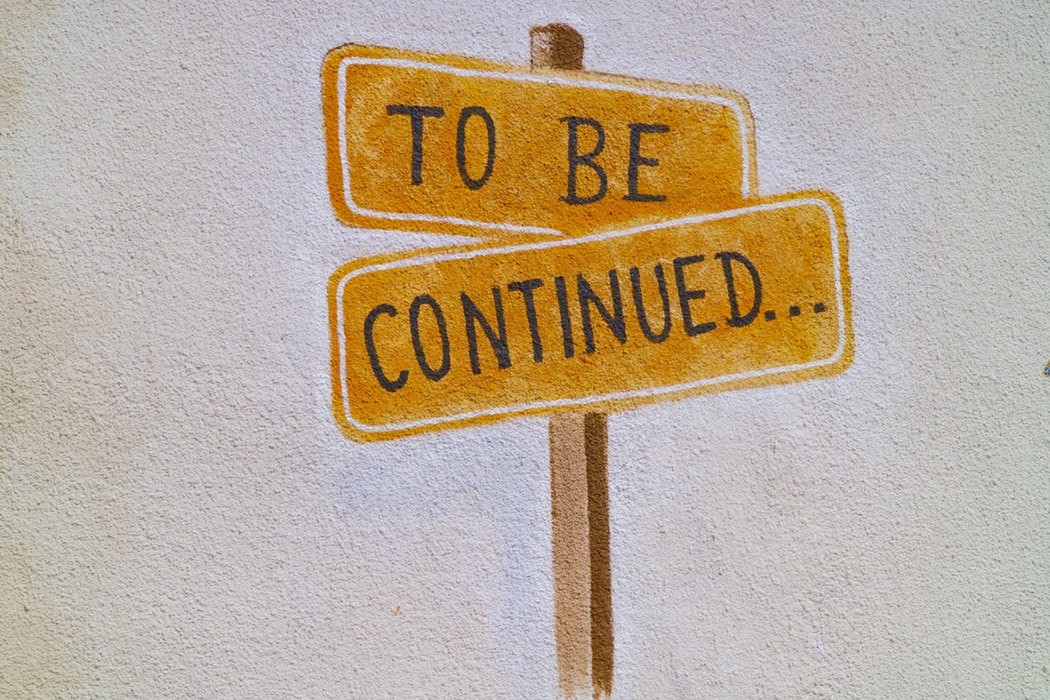The best writers, speakers, trainers, leaders, teachers tell stories.
A brand that is engaging is easier to remember and easier to process than others in the same category. Over time, it manages to establish a connection with potential customers, which directly contributes to a relevance in the market.
An emerging brand can evolve into a strong brand.
The most accessible tools for brands to become strong are words. Words create a story, and the story is what manages to capture the attention of any user. Stories portray emotion, and emotion attaches us to everything.
Story

To build your brand’s story, you have to answer two questions:
1.What is the purpose of your brand’s existence?
An excellent example of storytelling that can easily answer this question is represented by non-profit organizations (non-governmental organizations). In NGOs, we choose to invest our money and time without receiving a specific product or service in return.
They promote a cause, we become attached to that cause through emotion, and we choose to give them money.
If brands would address the communication process from an NGO perspective, helping the consumer first and selling second, they would all be more successful.

2. How does your brand differ from others?
The importance of a brand’s offer, whether it be a product or service, has diminished over time. In a constantly growing market, competition is unavoidable, and what makes the biggest difference is how a brand promotes the offer. Why does the brand choose to do what it does? What drives us to do what we do regarding the brand?
How to turn your story into a tool
To turn a story into an effective tool for your brand, it must be narrated in a transparent and authentic way. It must have a core belief (the moral of the story) and help the target audience reach the happy ending they hoped for.
The stronger the moral of the story is, the more significant of an impact it makes, the stronger the relationship between brand and consumer. However, the moral of the story can not be the same for all audiences. Brands need to understand this and create different approaches if they want to identify themselves with a larger audience of individuals.
Advertising. Storytelling. Engagement.

Every brand tries to create a connection with the audience to which it addresses, but this goal is not always met as expected. Most brands create user personas to help them better understand the kinds of people that usually buy from them. By doing this, you can also understand who isn’t buying from you, and develop strategies to reach those people.
Over 75% of emails received from companies are not open and over 99% of banners end up being ignored. The main objective of advertising is to attract long term attention. Another objective is to engage customers on a personal level. Make them feel at home with your brand, and develop a relationship that fortifies their decision in choosing you.
In advertising, the story is not just an entertainment tool, but the basis for changing a decision, attitude, or behavior. That’s why brands need to invest time building relationships to help them integrate the target audience into the brand story.
The conclusion
Storytelling is a key element in advertising. It’s not enough anymore to simply sell a product. You have to sell your story. You have to make these potential customers believe in what you believe. They have to understand why you do what you do, and the journey you took to get there. A story is more than a tool for a brand, but the brand itself.
The evolution of a brand involves all these elements, based on two fundamental concepts: creating a story and transmitting the narrative. They aim to establish a long-term connection with the target audience in order to build relationships, and generate not just customers, but loyal and happy customers.






Leave a Reply